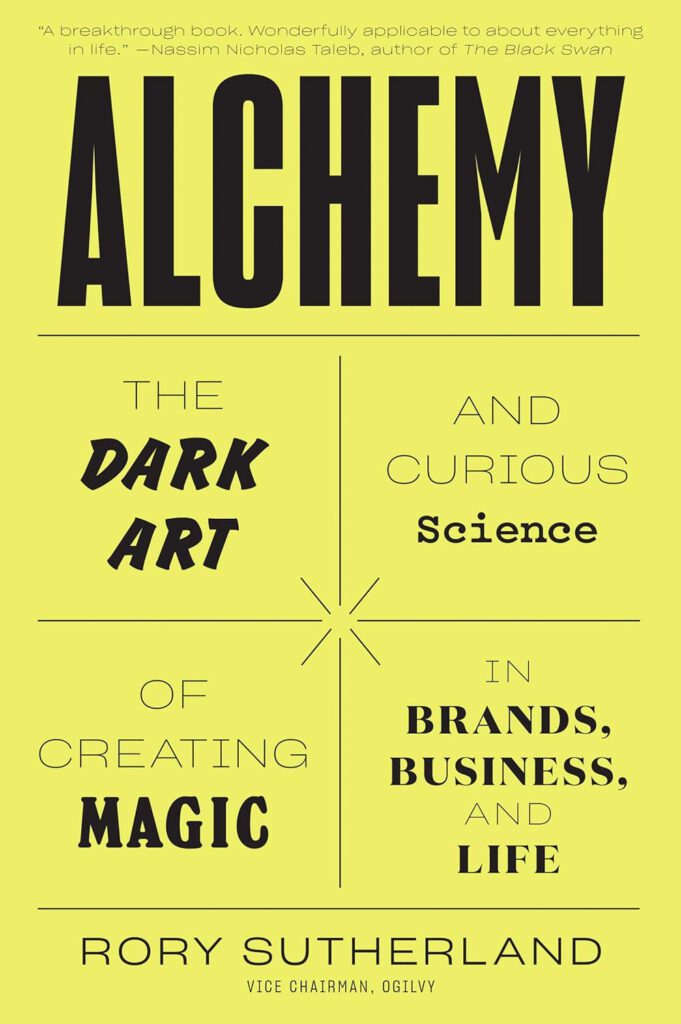Ads
As the digital landscape continues to evolve, businesses must adapt their advertising strategies to stay competitive and maximize their outreach and conversion rates. Advanced digital advertising encompasses a wide range of tactics and technologies, from search engine optimization (SEO) to social media advertising, and utilizes various analytical tools to optimize campaigns and improve ROI. This article delves into these sophisticated techniques, drawing from broader digital marketing principles while suggesting actionable strategies for business owners.
1. Comprehensive Use of Analytics and Measurement Tools
Understanding the impact of your digital advertising efforts is critical, and tools like Google Analytics and Google Search Console are essential for this. Google Analytics allows you to track visitor behavior on your website, giving insights into traffic sources, user engagement, and conversion rates. Google Search Console helps monitor website visibility in Google search results, providing data on search queries, website impressions, and click-through rates which are crucial for SEO adjustments.
- Actionable Strategy: Regularly review analytics to identify which campaigns are performing well and which are not, adjusting strategies accordingly to improve performance and allocate budgets more effectively.
2. Search Engine Marketing (SEM) and Optimization (SEO)
SEM involves paid advertising through search engines, primarily through pay-per-click (PPC) campaigns, while SEO focuses on improving organic search engine rankings.
- SEO Techniques: Optimize your website’s content and structure to improve visibility in search engines for local searches, which are crucial for brick-and-mortar businesses.
- SEM Tactics: Use targeted keyword advertising to appear in search results for specific queries related to your business, products, or services.
3. Mobile Optimization and Advertising
With the increasing use of mobile devices to access the internet, having a mobile-optimized website is essential. Mobile advertising should also be a key part of your strategy, as mobile ads can reach consumers on-the-go and in context.
- Actionable Strategy: Ensure that your website is responsive and that ads are specifically formatted for mobile devices, possibly using location-based advertising to reach local consumers more effectively.
4. Social Media Advertising
Platforms like Facebook, Instagram, and Twitter offer powerful tools for targeted advertising. These platforms allow for ads to be tailored to the specific demographics, interests, and behaviors of your audience.
- Actionable Strategy: Use social media analytics to understand your audience and tailor your ads to their preferences and browsing habits. Engaging content and interactive ads can increase conversion rates and brand loyalty.
5. Video Advertising
Video advertising is highly engaging and can convey more information than text or images alone. Platforms like YouTube offer extensive tools for targeting and analytics, allowing advertisers to reach their audience effectively.
- Actionable Strategy: Develop creative, informative, and visually appealing video content that can be used in advertising to engage users and encourage shares and interactions.
6. Retargeting and Remarketing
Retargeting involves showing ads to users who have visited your website but did not make a purchase. Remarketing reaches out to past customers through email campaigns or targeted ads to encourage repeat purchases.
- Actionable Strategy: Implement tracking cookies on your site to track visitor behavior and use this data for targeted ad campaigns that bring users back to your site.
7. Content Marketing and Native Advertising
Content marketing involves creating and distributing valuable, relevant, and consistent content to attract and retain a clearly defined audience. Native advertising blends advertisements with content in a way that is less obtrusive and enhances the user experience.
- Actionable Strategy: Develop useful and informative content that addresses your customers’ needs and interests, and use native advertising platforms to promote this content subtly.
Conclusion
Advanced digital advertising techniques offer a multitude of ways to reach and engage customers effectively. By leveraging these strategies, businesses can enhance their online presence, attract more customers, and ultimately, increase revenue. It’s essential for business owners to stay updated on digital advertising trends and continually adapt their strategies to harness the full potential of digital marketing.
Related Resources:

Alchemy is a great book that dives into examples of the unintuitive realty of great advertising.

In Lemon, Orlando Wood provides a convincing case for why advertising has gone wrong.

